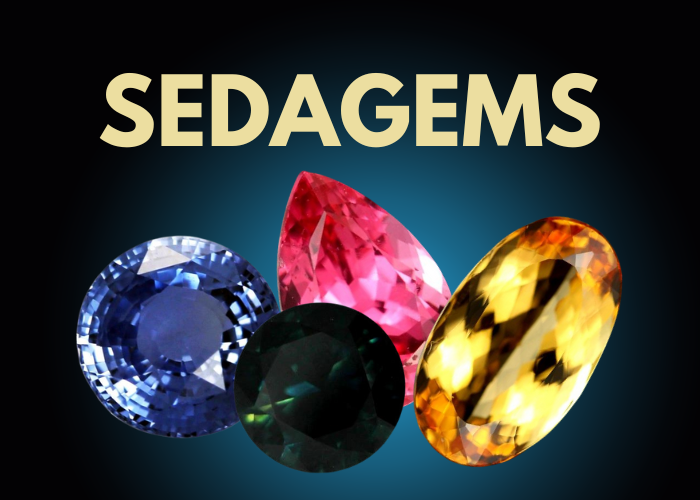You have not bid on this auction.
71.00 CTS LIBYAN GLASS SPECIMEN-NATURAL
- SKU
- F9415
- Dimensions (mm)
- 36.000 x 29.000 x 12.000mm
- Weight (cts)
- 71.000
- Type
- Rough
- Colours
-
LIBYAN DESERT GLASS
This is a natural untreated specimen of Libyan desert glass in its natural form as found in the desert .I bought this on my last trip to morocco from a desert nomad as he called him self-some great formations in the specimen
Between the towering dunes of the Eastern Great Sand Sea of Egypt are long narrow gaps where bedrock is exposed. It is in these areas of exposed surface that a wondrous natural glass is found. Libyan Desert Glass is the remaining evidence of a tremendous asteroid or comet impact with Earth. Probably an air burst explosion caused the released sufficient heat to melt and fuse to glass the surface of the ground. Libyan Desert Glass is generally yellow in color. It can be very clear or it can be a milky, even bubbly light yellow. Some fragments have dark bands and swirls of brownish material. It is in these dark areas that some of the melted cosmic body is believed by some to be preserved. Libyan Desert Glass was used in ancient times as a gem stone for the Pharaohs and remains a highly prized impact glass for collectors today.it is said cleopatra like to wear this stone in her jewelery.
The origin of the glass is a controversial issue for the scientific community, with many evolving theories. Meteoritic origins for the glass were long suspected, and recent research linked the glass to impact mechanics, such as vaporized quartz and meteoritic metals, and to an impact crater. Some geologists associate the glass not with impact melt ejecta, but with radiative melting from meteoric large aerial bursts. If that were the case, the glass would be analogous to trinitite, which is created from sand exposed to the thermal radiation of a nuclear explosion. The Libyan desert glass has been dated as having formed about 26 million years ago. It was knapped and used as a tool during the Pleistocene Era.
- SKU
- F9415
- Dimensions (mm)
- 36.000 x 29.000 x 12.000 mm
- Weight (cts)
- 71.000
- Type
- Rough
- Colours
-
LIBYAN DESERT GLASS
This is a natural untreated specimen of Libyan desert glass in its natural form as found in the desert .I bought this on my last trip to morocco from a desert nomad as he called him self-some great formations in the specimen
Between the towering dunes of the Eastern Great Sand Sea of Egypt are long narrow gaps where bedrock is exposed. It is in these areas of exposed surface that a wondrous natural glass is found. Libyan Desert Glass is the remaining evidence of a tremendous asteroid or comet impact with Earth. Probably an air burst explosion caused the released sufficient heat to melt and fuse to glass the surface of the ground. Libyan Desert Glass is generally yellow in color. It can be very clear or it can be a milky, even bubbly light yellow. Some fragments have dark bands and swirls of brownish material. It is in these dark areas that some of the melted cosmic body is believed by some to be preserved. Libyan Desert Glass was used in ancient times as a gem stone for the Pharaohs and remains a highly prized impact glass for collectors today.it is said cleopatra like to wear this stone in her jewelery.
The origin of the glass is a controversial issue for the scientific community, with many evolving theories. Meteoritic origins for the glass were long suspected, and recent research linked the glass to impact mechanics, such as vaporized quartz and meteoritic metals, and to an impact crater. Some geologists associate the glass not with impact melt ejecta, but with radiative melting from meteoric large aerial bursts. If that were the case, the glass would be analogous to trinitite, which is created from sand exposed to the thermal radiation of a nuclear explosion. The Libyan desert glass has been dated as having formed about 26 million years ago. It was knapped and used as a tool during the Pleistocene Era.
| Shipping provider | Shipping to Australia | Shipping to rest of world |
|---|---|---|
| FedEx | $12.00 / 3 days | $39.00 / 10 days |
|
Australia
FedEx is discounted to $12.00 on orders with 2 or more items
Rest of the world
FedEx is discounted to $39.00 on orders with 2 or more items
|
||
| Registered Shipping | $9.00 / 7 days | $16.00 / 21 days |
|
Australia
Registered Shipping is discounted to $9.00 on orders with 2 or more items
Rest of the world
Registered Shipping is discounted to $16.00 on orders with 2 or more items
|
||

-
 Positive
PositiveAmazing, beautiful & mysterious impactite
-
 Positive
PositiveBeautiful ametrine. Very fast delivery. Professional seller
-
 Positive
PositiveAmazing, beautiful & mysterious impactite
-
 Positive
Positiveamazing inner life & iridescence -- lovely
-
 Positive
Positivethis is SUCH a nice piece - they have a lifetime customer - great customer service and communication - THANK YOU
-
 Positive
PositiveBeautiful agate piece , and as always fast efficient service from Sedagems
Why are users outbidding themselves?
When a bid is placed, this is the maximum amount a user is willing to bid for the product. Our system will then automatically bid on that users behalf, incrementally increasing the bid to maintain their position as the highest bidder, up to the specified maximum.
When there is an icon indicating 'Auto Bid,' it means our system is actively placing bids for the user based on their maximum bid. This may appear as if users are outbidding themselves, but it's simply a result of the system updating the bid to reflect the users maximum limit.







![AMETRINE ROUGH-BOLIVIAN 73.65 CTS [F2455]](https://liveplatforms-production.b-cdn.net/tenants/gr/uploads/images/205000-209999/205274/205274_1290135485.jpg?width=480&aspect_ratio=1001%3A1000)








